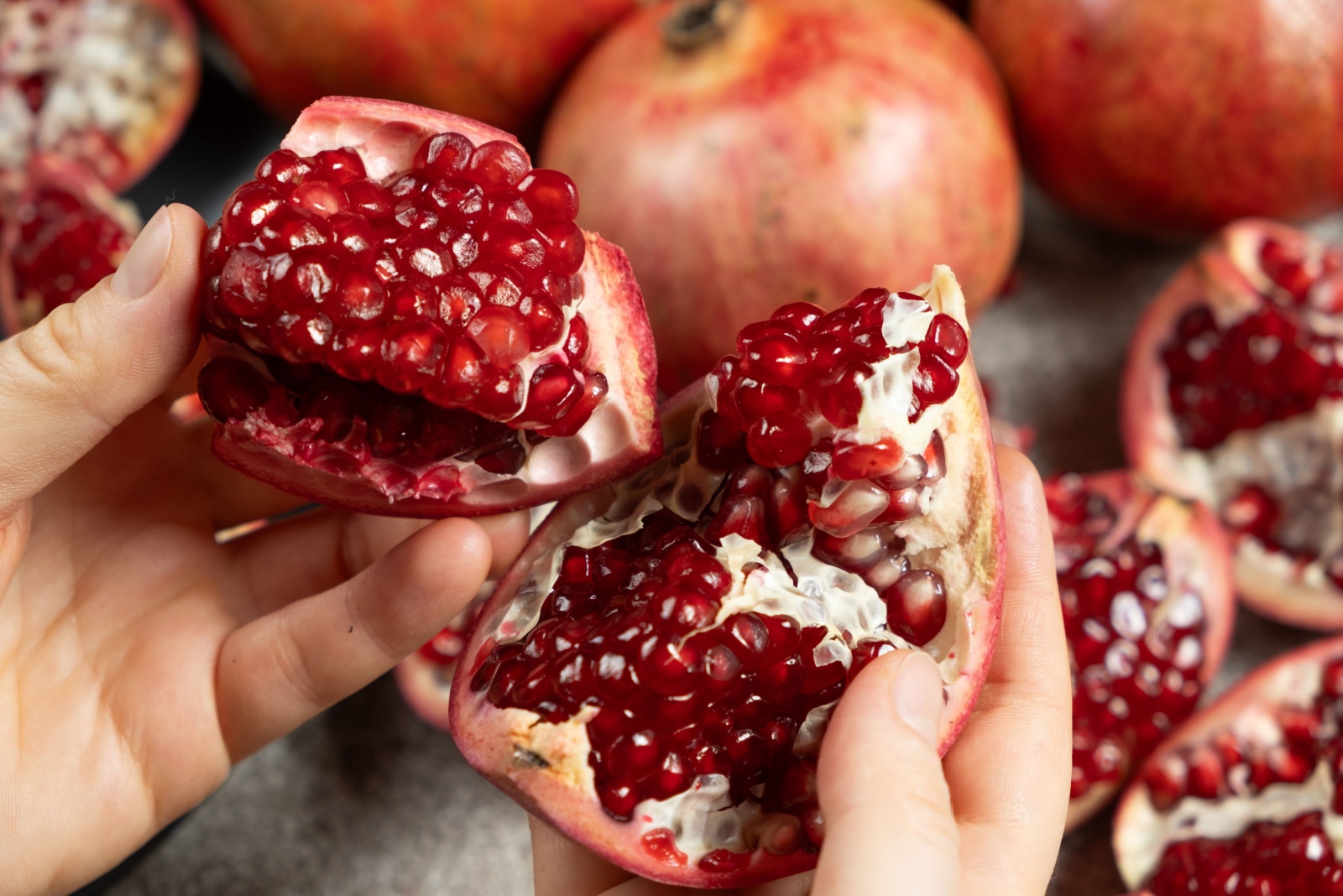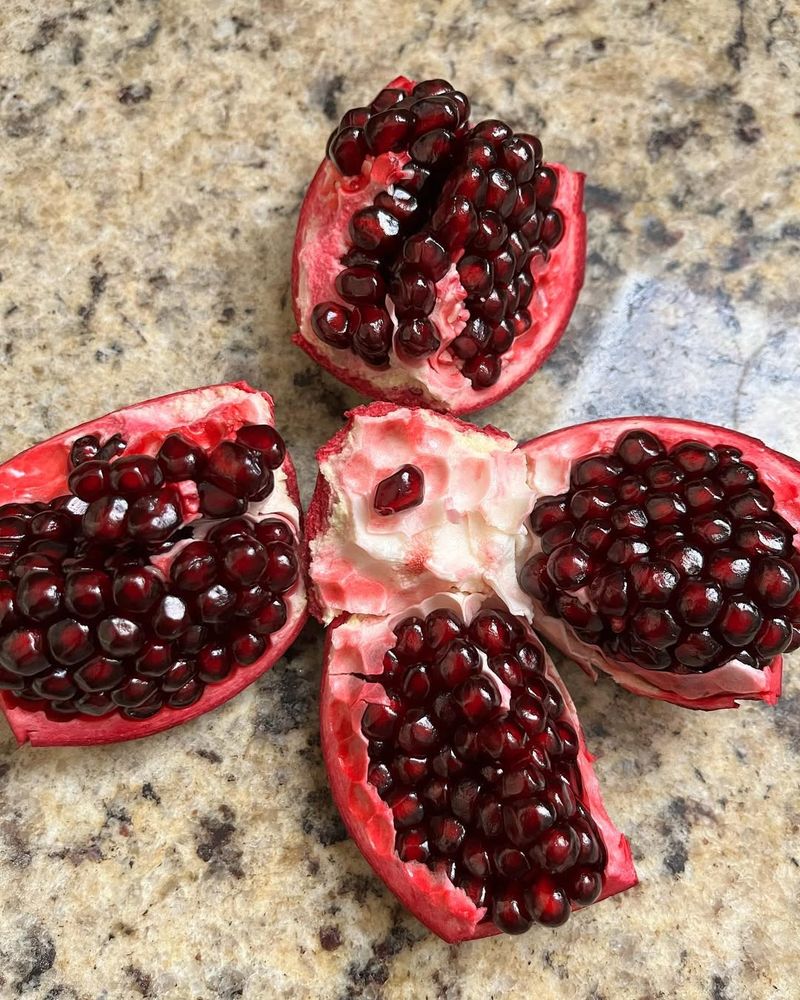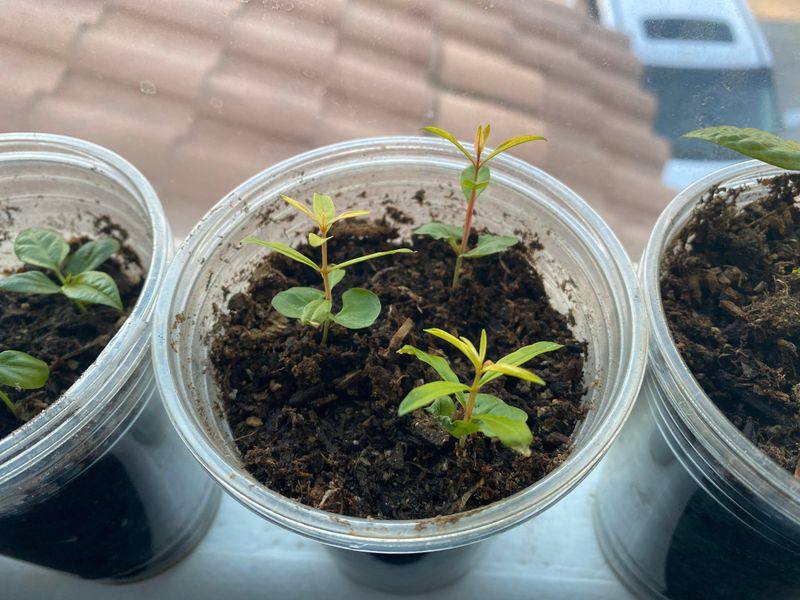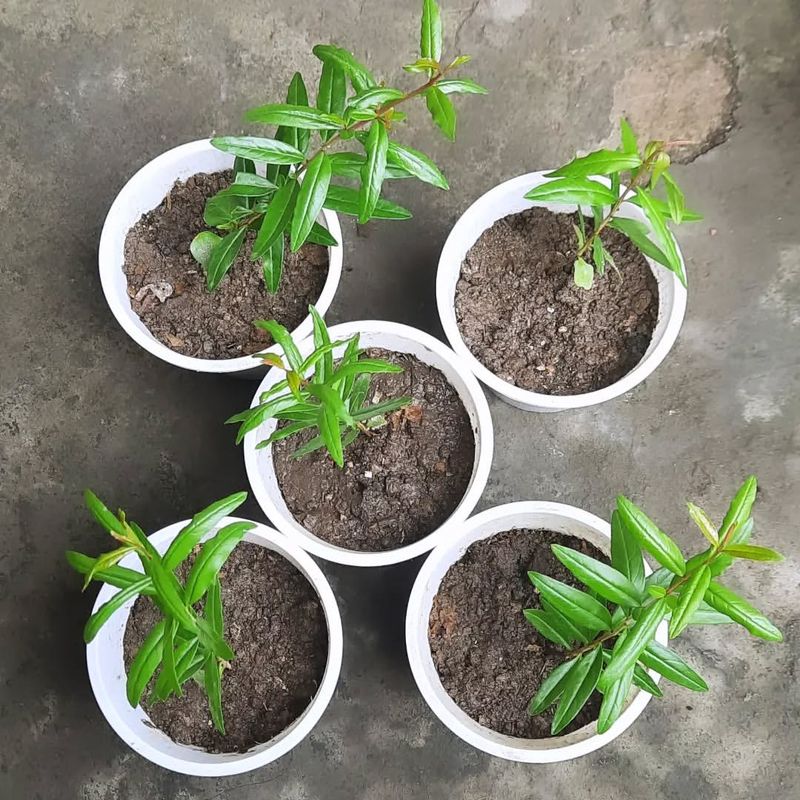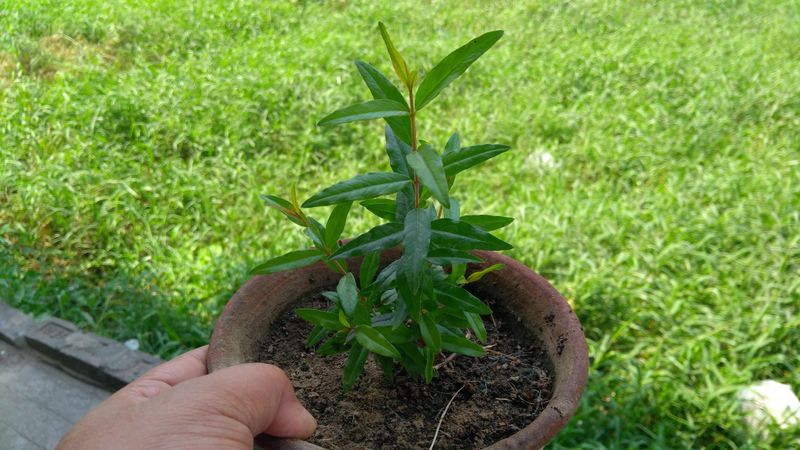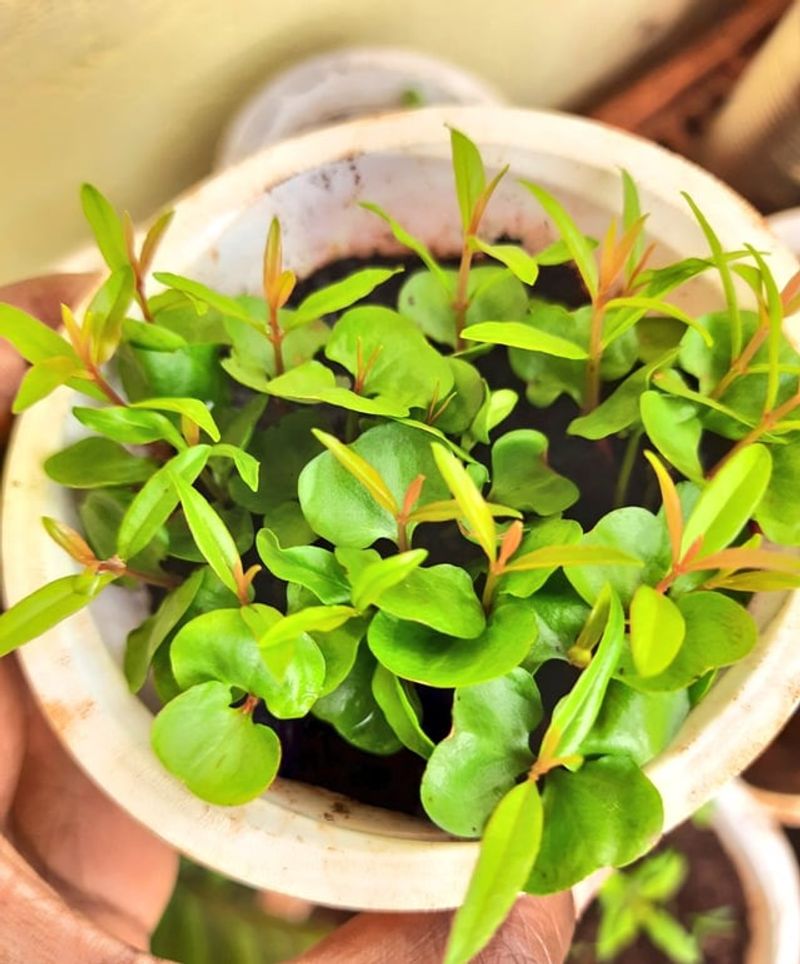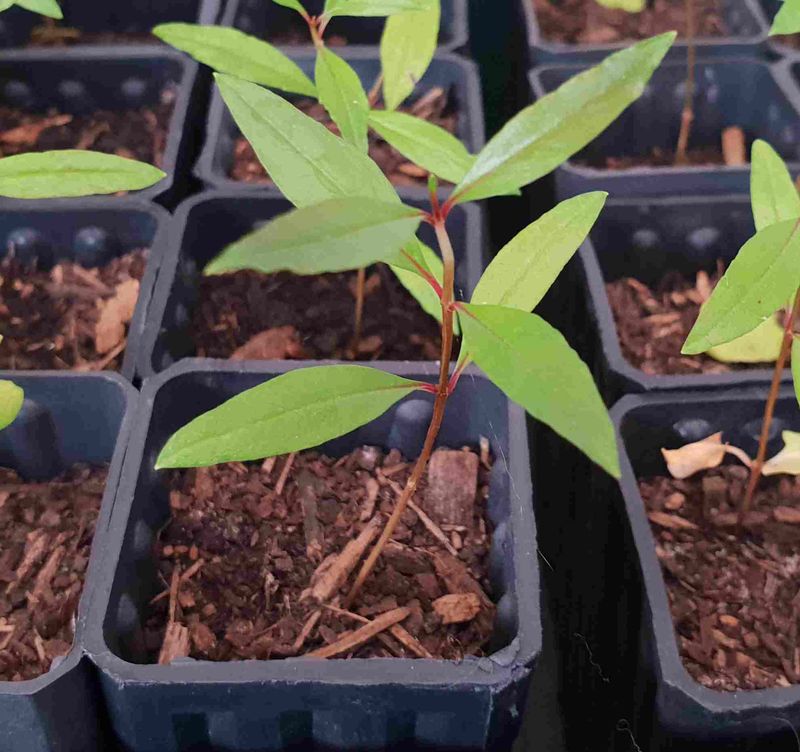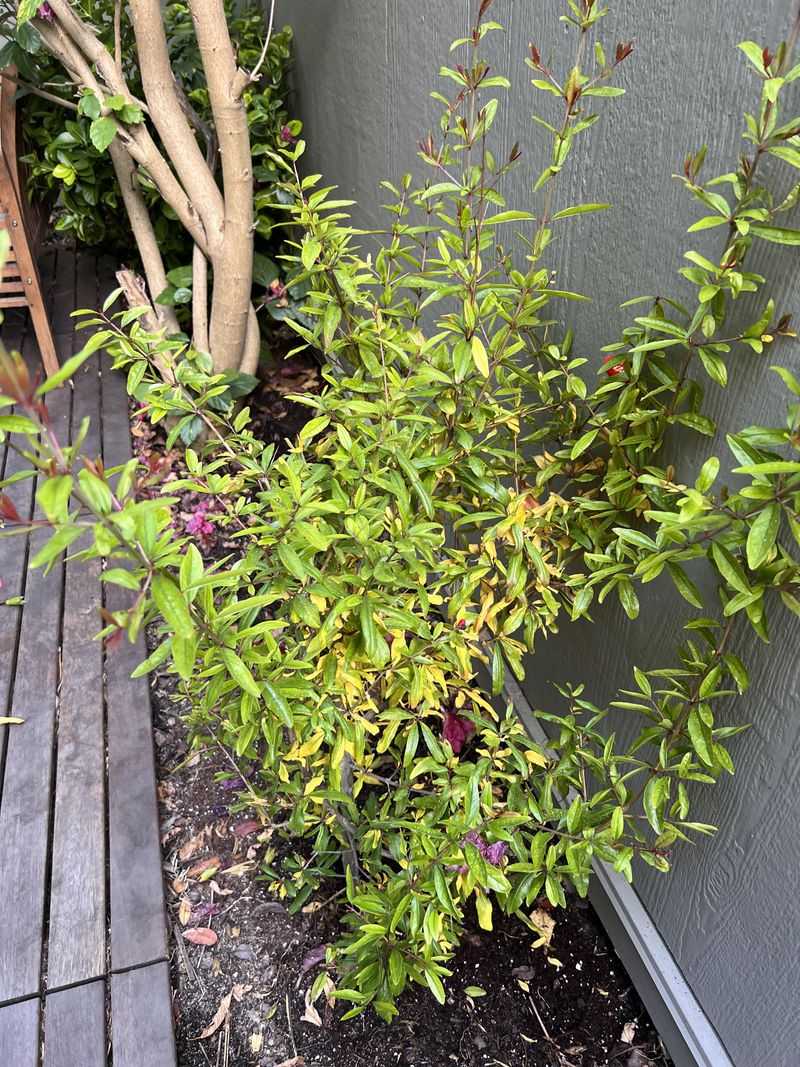Sunshine, sweet fruit, and a little patience—that’s all you really need to grow your own pomegranate tree in California. With the state’s golden climate and long growing season, these jewel-like fruits feel right at home.
Starting from seed might take a bit of time, but the reward—a thriving tree bursting with ruby-red fruit—is well worth the wait. Here’s how to turn a handful of seeds into a backyard showpiece that shines under the California sun.
1. Choose Fresh Seeds From Ripe Fruit
Fresh seeds give you the best chance of success when starting your pomegranate journey in California. Look for a fully ripe pomegranate with deep red skin and no soft spots at your local grocery store or farmer’s market.
Cut open the fruit carefully and remove several seeds, rinsing them gently under cool water. The fleshy coating around each seed needs to come off completely, so rub them between your fingers until only the hard seed remains clean and ready for planting.
2. Plant Seeds In Well-Draining Soil Mix
Pomegranate seeds need soil that drains water quickly to prevent rot. Mix regular potting soil with sand or perlite to create the perfect growing environment that mimics their natural Mediterranean habitat.
Fill small pots or seed trays with this mixture, leaving about an inch from the top. Plant seeds about half an inch deep and lightly cover them with soil, making sure not to pack it down too tightly so young roots can push through easily.
3. Keep Soil Consistently Moist But Not Soggy
Water is essential for germination, but too much will drown your seeds before they sprout. Aim for soil that feels like a wrung-out sponge—damp to the touch but not dripping wet or muddy.
Use a spray bottle or gentle watering can to moisten the soil daily during the first few weeks. Check by poking your finger into the top inch of soil; if it feels dry, add more water, keeping everything balanced for healthy seedling development.
4. Provide Plenty Of Sunshine And Warmth
Pomegranates absolutely love California’s abundant sunshine and need at least six hours of direct sunlight daily to thrive. Place your pots in the sunniest spot you can find, whether that’s a south-facing window or directly on your patio.
Warmth speeds up germination significantly, so keep seeds in temperatures between seventy and eighty degrees Fahrenheit. California’s natural climate usually provides this perfectly during spring and summer months when planting conditions are ideal for strong, vigorous growth.
5. Be Patient During The Germination Period
Germination isn’t instant magic—pomegranate seeds typically take anywhere from three to six weeks to sprout their first green shoots. Some seeds might pop up earlier while others take longer, so don’t lose hope if nothing happens right away.
Keep caring for your pots with regular watering and sunlight even when it seems like nothing is happening underground. Roots are forming beneath the surface before you see any leaves, building a strong foundation for your future tree.
6. Transplant Seedlings When They Outgrow Containers
Once your seedlings reach about six inches tall with several sets of true leaves, they’re ready for a bigger home. Choose a sunny spot in your backyard with good drainage where the tree will have room to spread as it matures.
Dig a hole twice as wide as the root ball and gently remove the seedling from its pot without damaging delicate roots. Place it in the ground at the same depth it was growing before, fill with soil, and water thoroughly to help it settle into its permanent California home.
7. Protect Young Trees From Extreme Weather
While California is generally pomegranate-friendly, young trees still need protection from occasional cold snaps or intense heat waves. Frost can damage tender new growth, so cover your tree with fabric or burlap when temperatures drop below thirty degrees.
During scorching summer days above one hundred degrees, provide afternoon shade with a temporary screen or umbrella. Young trees haven’t developed the tough bark and deep roots that mature pomegranates use to handle extreme conditions, so extra care now ensures strong, healthy growth later.

